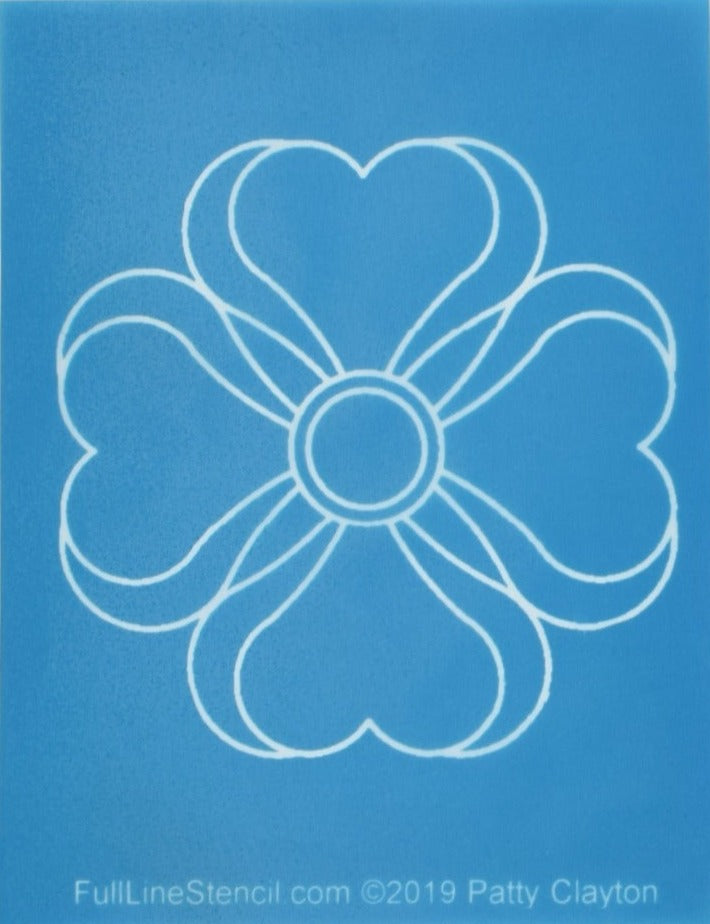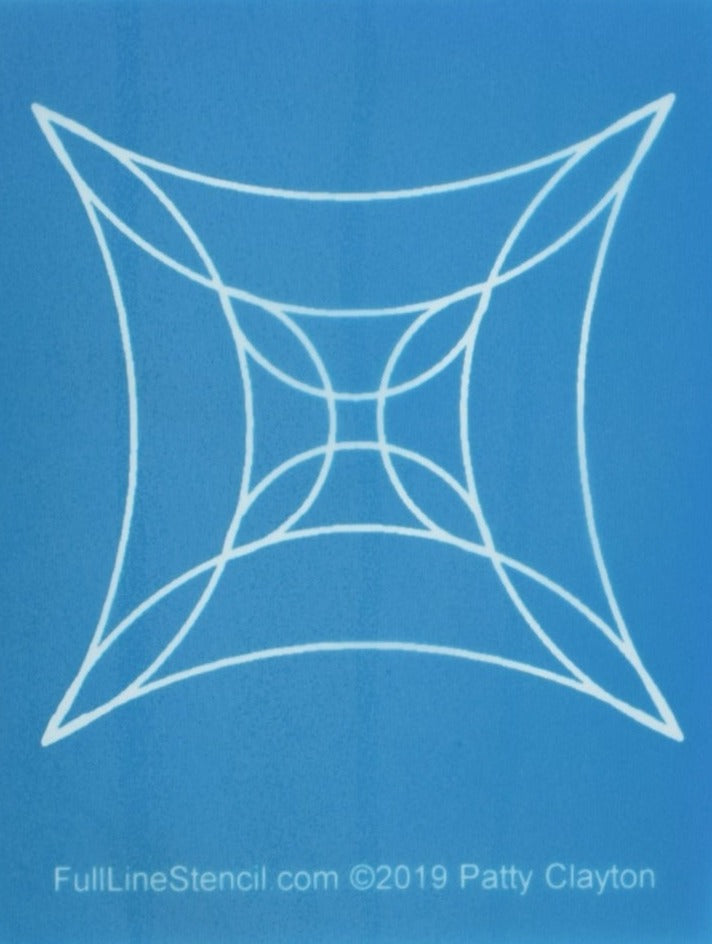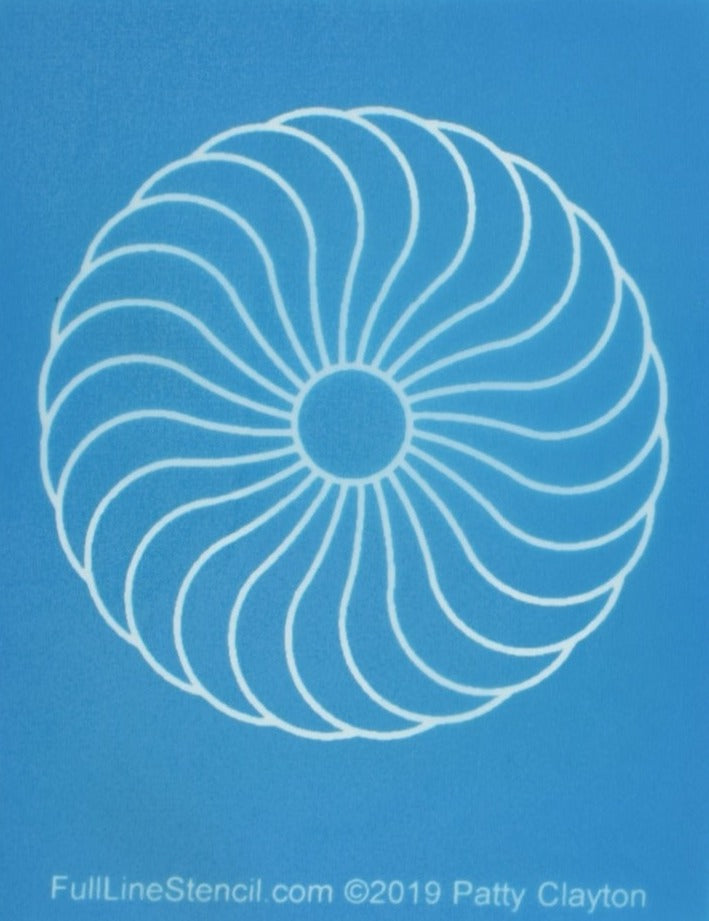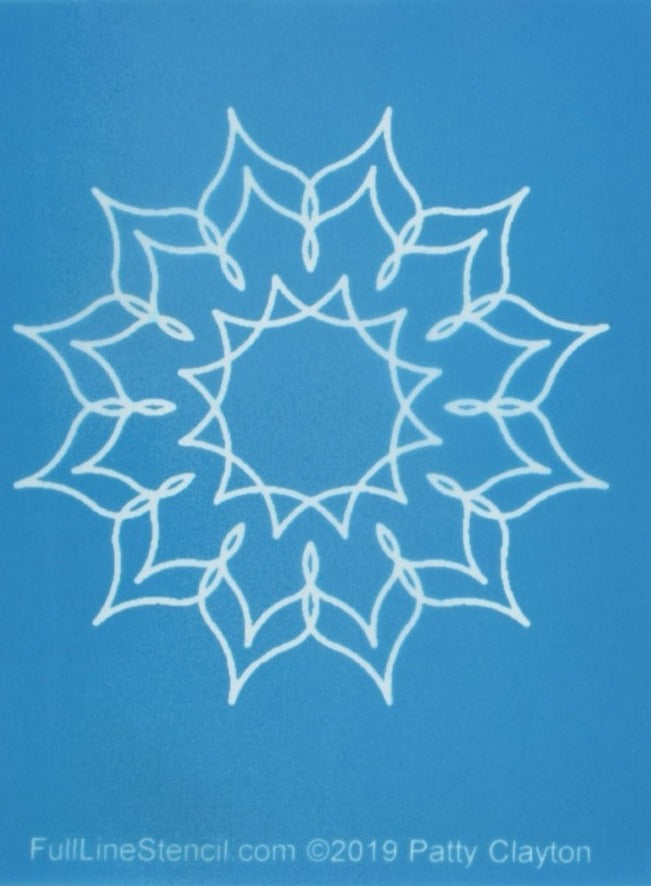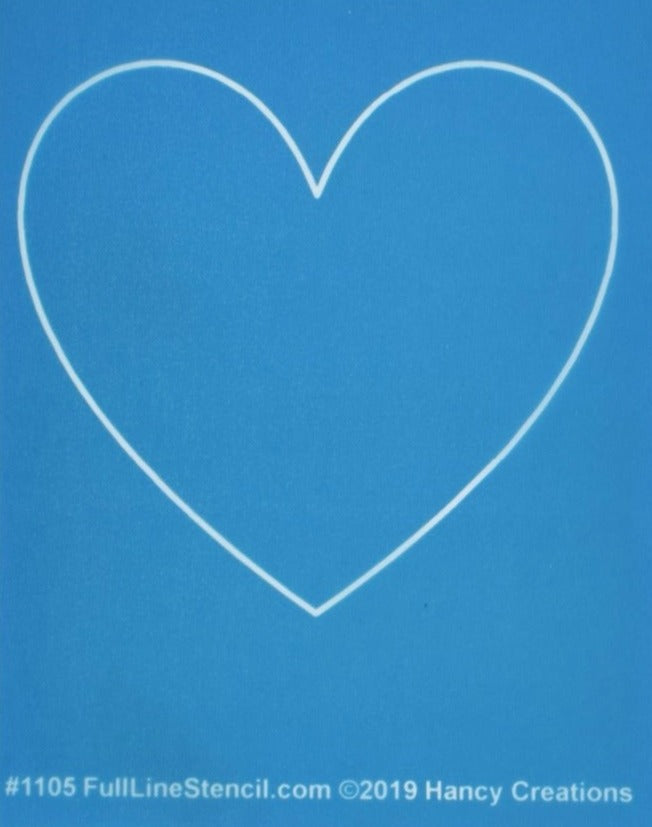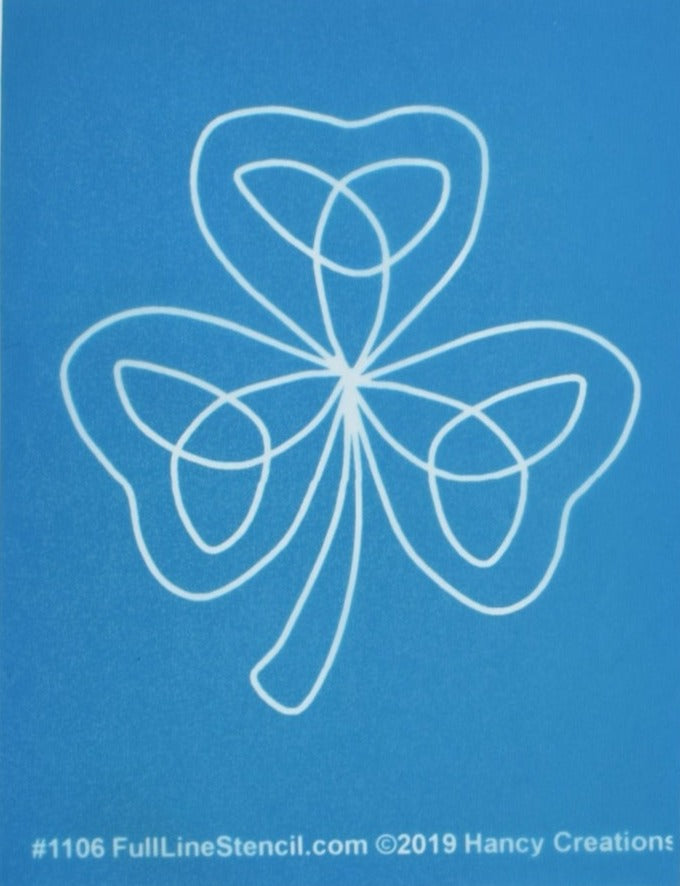FAQs
What are the stencils made of?
Our Full Line Stencils are a tough piece of nylon mesh. They may look light and delicate but they are sturdy and long lasting. They are durable and reusable.
How do I find a stencil in the right size?
When buying stencils, it is very important to pick the right size. On our website, we offer our block motifs in three sizes, which are large (9” or more), medium (6” to 8”), and small (3 ½” to 5”). Depending on your intended block size, you can choose from any of these sizes. Similarly, you will also find borders that are narrow (1” to 3”), medium (3” to 6”), and large (6” or wider).
Can I use stencils for machine quilting?
Stencils are great for any kind of quilting and are not just for hand quilting but also machine quilting. Available in hundreds of beautiful patterns, they open up a world of quilting design possibilities.
Do I need to use the whole stencil every time?
You can always use a part of your stencil motif simply positioning it to transfer only the part that you want where ever and however you want. There are no rules.
Is a Pounce Pad important?
The Pounce Pad is the perfect tool to transfer stencils of all sizes to your quilting fabric. So, yes, they are a must-have for quilters. Full Line Stencils require them because a pencil will not work.
How long will a bag of chalk last?
It is a hard question to accurately answer by stating “X” number of quilts. When we are demonstrating the product at live events, we still haven’t used up an entire bag after 40 hours. It will mark several quilts easily.
How do I remove the pounce powder?
Our Ultimate Iron-Off Pounce Powder will disappear if you run an iron set at least to med. high over it. You can also brush it off or wash the quilt.
Do you ship internationally?
Yes, please contact us if the website tells you otherwise.
What is the difference between the Quilt Pounces with Chalk and the Ultimate Quilt Pounce?
The Quilt Pounce offers three options of chalk powder - white, pink, or blue - to effectively mark your quilt top. Once sewing is complete, the markings can be removed by brushing or washing the quilt. The Ultimate Quilt Pounce includes white tailor’s chalk that can be easily removed with a steam or dry iron. This powder is safe for your fabric and will not leave any residue on your iron. It is recommended to use a medium to high heat setting. It also will not return in cold temperatures.
Do I need a different Quilt Pounce for each color of chalk?
We suggest utilizing one Quilt Pounce for every color you use. If you decide to switch, please be aware that it may take a while to fully transition to the second color, and the results may not be satisfactory during that time.
How long does the chalk last?
Providing an exact number of quilts that the product can mark is a difficult question to answer. However, based on our experience demonstrating the product at live events, we have used it for over 40 hours and have not gone through an entire bag. The product efficiently marks several quilts with ease.
I can't see my lines. What's wrong?
This issue is oftentimes because the pad is not fully primed. To prime the pad, fill it with chalk or Ultimate Pounce Powder to the brim, replace the center cap, and place it into the bottom tray. Firmly tap the pad onto a firm surface to get the powder flowing through the foam that is just below the fleece. It’s not a gentle process, and you may need to tap the pad up to a hundred times to prime it effectively. Once primed, tapping it periodically in the palm of your hand (with the bottom tray intact) will keep it working well. If you're applying a stencil pattern to a quilt that's stretched into the rollers of a longarm machine, you'll need to support it from below. The Pounce Pad performs best on a hard surface.
Should I "pounce" the pad onto the stencil?
Not exactly. The way to "pounce" the pad is by using short brushy strokes as you work across the stencil’s design. Pick it up very slightly and put it back down, dragging the chalk you just released. It is necessary to get the powder out of the pad and then rub what comes out through the stencil and onto your fabric. Redundancy is good, so go over the same area a few times. But there shouldn't be a cloud of chalk rising from transferring a stencil! In contrast, if you are in constant contact with the stencil surface, you will only be rubbing through the stencil the chalk that is on the bottom of the pad. It will eventually diminish to nothing, and your lines will be very faint because of that, even when it is well primed.
How do I stop my chalk lines from disappearing?
Sometimes, the chalk may disappear before we are ready to remove it, depending on the fabric we are working with. While some fabrics allow the chalk to grip the fibers and adhere well, others may require additional measures. To address this, we can use a sizing spray such as Best Press or an aerosol hair spray. Once you have transferred your stencil, spray the surface from about 8 inches away. Ensure you spray enough to wet it, but not so much that the moisture soaks the lines out. If necessary, you can also spray the Ultimate Pounce Powder. Even though its adhesion is usually excellent, you may encounter a fabric that it won't adhere to. In such cases, spraying it with Best Press or hairspray doesn't affect how it irons off.
What do I do if I still see chalk after brushing and washing my quilt?
If you struggle to remove the pink or blue chalk, try sponging with a 50/50 mix of water and white vinegar. A spray of OxyClean or Shout is also effective in removing the chalk. Remember to test your fabrics, as results may vary. After washing, examine the quilt closely before putting it in the dryer. Any remaining chalk could then be heat set. Our chalk is not a permanent marker. Please call if you need more help with removal. We are able to remove the chalk, even after it's been heat set.
Can I wash off the Ultimate Pounce Powder?
Absolutely! While ironing is the most straightforward removal method, it's not the only option. In cases where poly batting or metallic thread is involved, ironing might not be desirable. In such instances, a moistened cloth or a brush would do the trick. Exposing the fabric to the heat of a dryer will also erase any remaining chalk residue.
Is there any particular way I should store the Quilt Pounce when I'm not using it?
You may want to store it in its tray upside down. This keeps the powder from settling in the pad and over-saturating it, particularly with the colored chalks.
What is unique about a Full Line Stencil?
Although they may seem delicate, Full Line Stencils are made from tough, durable nylon mesh that can withstand repeated use. They can be used to transfer various materials such as chalk, paint, ink, glue, and even etching cream. Cleaning them is a breeze with just water. Full Line Stencils will enhance your quilting experience, whether you prefer hand or machine quilting. With an extensive selection of patterns available, the design possibilities for your quilting projects are endless. Additionally, you can use only a portion of the stencil design by strategically placing it to transfer only the desired section. There are no set rules for how or where to apply it, giving you complete creative control.
Is there a right or wrong side to a Full Line stencil?
Neither side is right or wrong. Mirrored designs often reveal unexpected surprises!
How do I use the registration marks?
When marking a quilt top, it's helpful to use registration points to ensure proper alignment and make setting up the next row easier. It's important to transfer these points along with the design. To move on to the next repeat, position the registration mark on the stencil with the one that was just transferred. If there are multiple marks, align them all before transferring the repeats to complete the edge-to-edge row of your quilt top.
What else can I do with a Full Line Stencil?
Although initially marketed to quilters for creating temporary stitching lines on quilts, stencils have many other uses. They can transfer paints, inks, glue (and glitter), and even etching cream. It's essential to rinse them immediately to prevent the medium from closing up the mesh if given a chance to dry. While paint may discolor the stencil, it won't affect its functionality.
What's the best way to store a Full Line Stencil?
There are multiple methods for storing Full Line Stencils while maintaining their flatness. If the stencils get creased, they can be ironed using medium to medium-high heat. Several storage ideas include rolling them in a canister, placing them in a bin, or securing them to a pants hanger using clips. The stencils' standard size is 8 ½" x 11, making them a perfect fit for sheet protectors in a notebook.
Do Full Line Stencils require much care?
No, but they may accumulate chalk dust with frequent use. You can use a damp or dry towel to clean the excess chalk. If you use the Ultimate Iron Off Chalk, you can clean it using an iron set at medium to medium-high heat. However, make sure not to hold the iron in one spot for too long, as it could cause damage. It is recommended to clean the excess chalk when transitioning from using colored chalk to white chalk. This is because it could discolor the white pad and leave traces of color chalk on the fabric, which could be heated if the Ultimate Iron Off Chalk was used.

